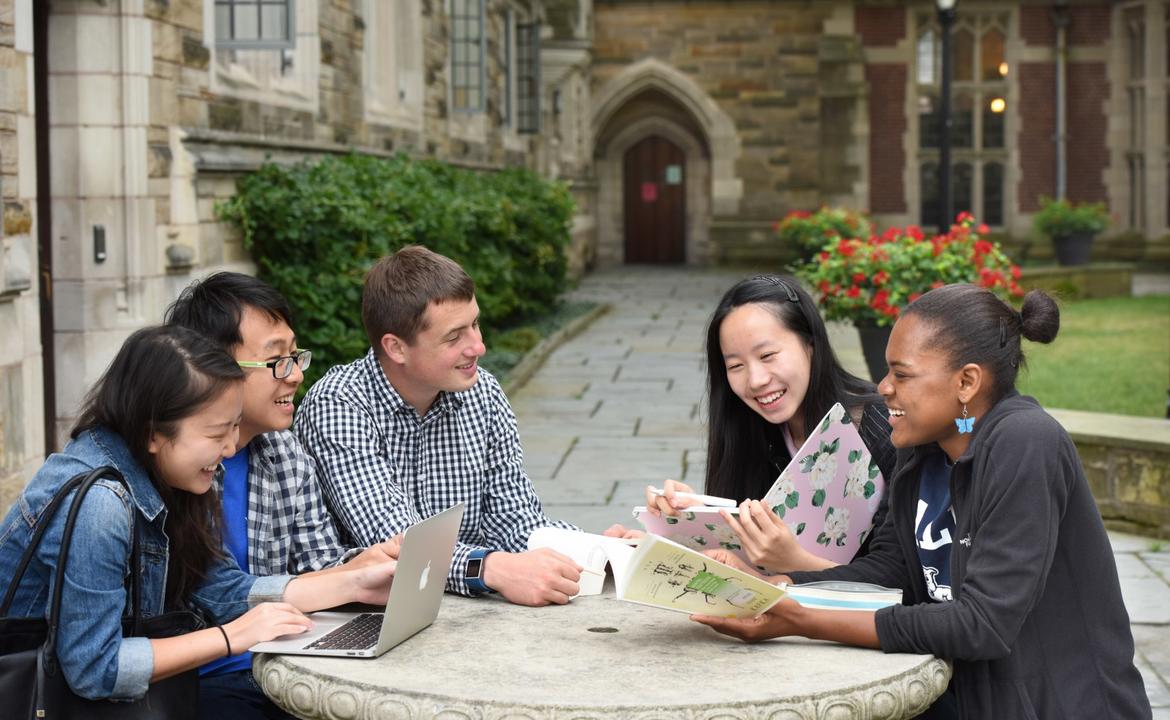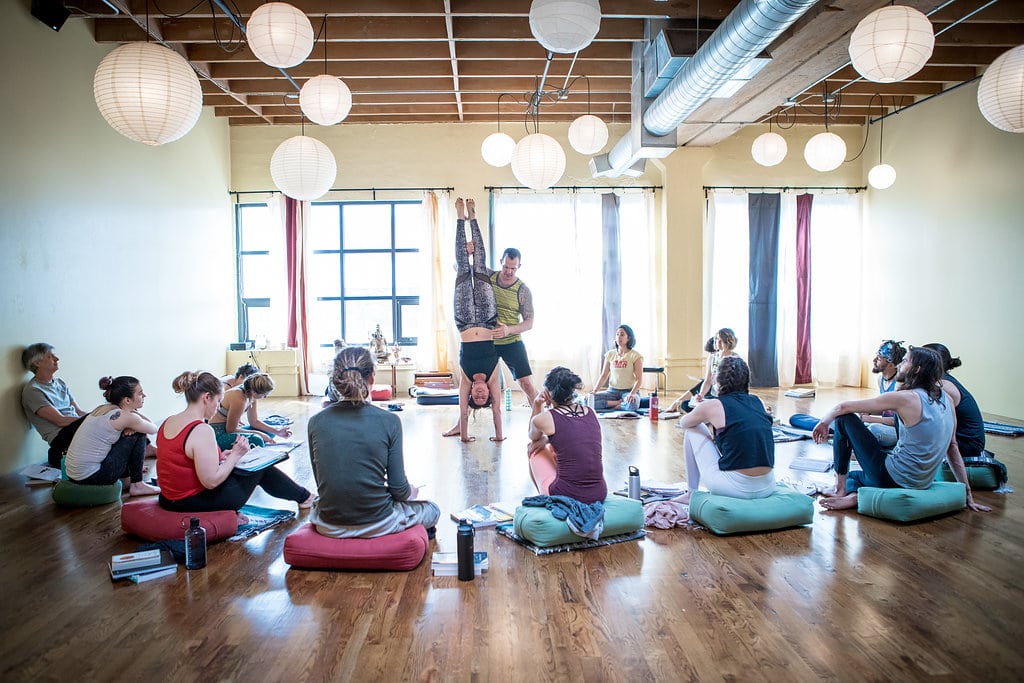Prisons help rehabilitate individuals who have gone against the laws and statutes that guide human behavior. In the same vein, a reform school acts as a rehabilitation center for teenagers that have committed a crime before we can send them to adult prison.
According to Wikipedia, they came out of social concerns about cities, poverty, immigration, and vagrancy following industrialization, as well as from a shift in society’s attitude from retribution, punishing the miscreant to reforming.
In this article, you’ll learn about reform schools, their history, secrets, and facts. The table of content below clearly spells out everything you’ll learn from this article.
Table of contents
What is A Reform School?
The desire to reduce the molestation of younger crime offenders from their older counterparts led to the introduction of the reform school by social reformers, and these schools have played a huge role.
According to Wikipedia, a reform school is a penal institution for teenagers, mainly operating between 1830 and 1900.
In the United Kingdom and its colonies, reformatories, commonly called reform schools, were set up from 1854 onwards for youngsters who were convicted of a crime as an alternative to an adult prison.
Read this: 25 Best Grants for Private Schools in USA | 2024 | Apply now
What is the History of Reform Schools?
Reform schools were a stronghold in the 1800s going towards the 1900s. We trace the history of these schools back to the dissatisfaction of social reformers who found it unfit for juvenile offenders to receive the same treatment as adult offenders.
The reformers posited that these juvenile offenders suffered molestation and sexual exploitation from their older inmates. And this caused a lot of them to emerge from the process worse than they had entered because of their experiences.
The reform that introduced these schools first sought to introduce a juvenile code and then a court.
Then, it emerged from there and sought to build an institution where all these offenders could stay. Because of the narrative, the reformers sought to change; they called the centers “reform schools.”
In the United Kingdom, there were two schools; industrial and reformatory. The reformatory schools acted as rehabilitation centers for juvenile offenders, while the industrial schools prevented resistless children from becoming criminals.
In the 19th century, crime rates kept increasing as more children went into the streets despite the paid employment opportunities available for young people.
This became a point of concern, and the Parliament set up a committee to investigate the matter.
The results of the investigation changed the laws and made it mandatory for children to attend industrial schools.
Because of the Parliament’s decision, reform and industrial schools received appropriate funding to enable them to address their affairs.
However, as things progressed, the same behavior that was prevalent in correctional centers started growing in the reform schools – older juveniles molesting and sexually exploiting younger ones.
How Do Reform Schools Function?
Reform schools functioned as correctional centers for people who weren’t adults but were guilty of performing certain crimes against society.
These schools function like juvenile centers, just that the difference is in the age range of the people there.
A major difference, however, is the indoctrination of these young people into different areas of productive learning where they can build up skill sets that can help them solve problems and grant them a means of livelihood.
Also, read this: Best Christian Schools in Orange County 2024 | University, High School
Do Reform Schools Still Exist?
Reform schools still exist. However, they no longer operate in that juvenile structure because of uncontrolled molestation and sexual exploitation.
Many efforts are ongoing to reduce the growing population of these centers to the minimum number, allowing the youths an opportunity to thrive in a well-coordinated home setting.
Additionally, to make the situation less detrimental, several institutions are now coeducational, allowing these young people to keep learning while improving their character.
Alternative strategies have added structure to the center, such as maximizing less-restrictive settings that allow kids to stay home while attending any of these schools. A strict curfew is also one plan that will help achieve this aim.
In so many countries, these schools have been revamped to be continuation high schools or youth detention centers. And there are currently no guidelines checking the severity of a crime, nor are there statutes guiding the decision to take a child to a reform school.
FAQ‘
A reform school is a correctional institution for teenagers guilty of performing a crime at different levels.
Yes, reform schools still exist.
Reform school means a place where individuals can get mental and behavioral reformation for them to contribute valuably to society.
Yes, there is a strong need for educational reform.
Check this: 13 Best Prep Schools In Virginia, USA | 2024 Rankings
Conclusion
Reform schools remain in numerous countries, playing a vital role in young people’s behavioral restructuring and skill empowerment. There are still plans to improve them to create an acceptable standard worldwide.
References
- Wikipedia – Reform Institute
- The National Archives – “Victorian children in trouble with the law – The National Archives.”
- Australian Government – Cockatoo Island





